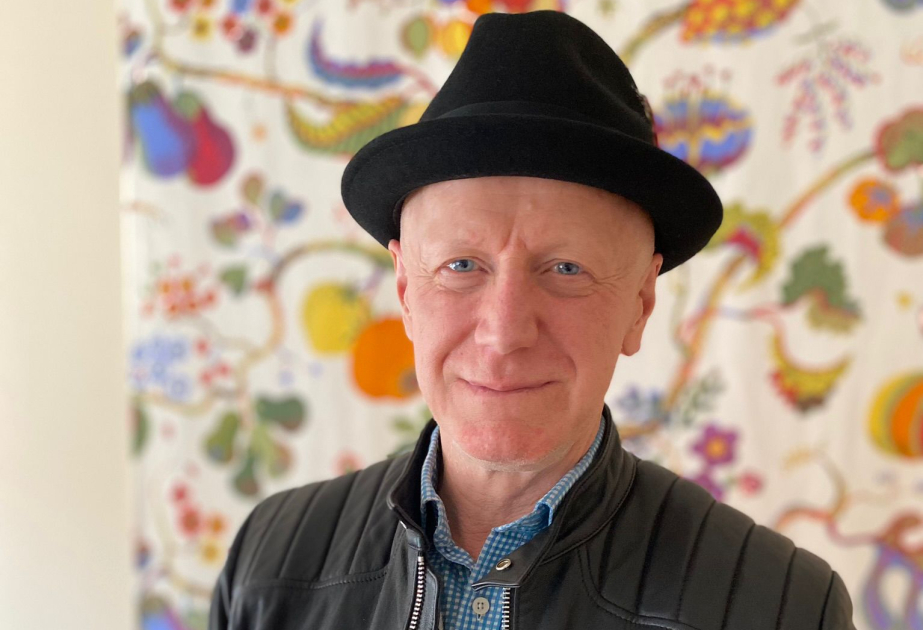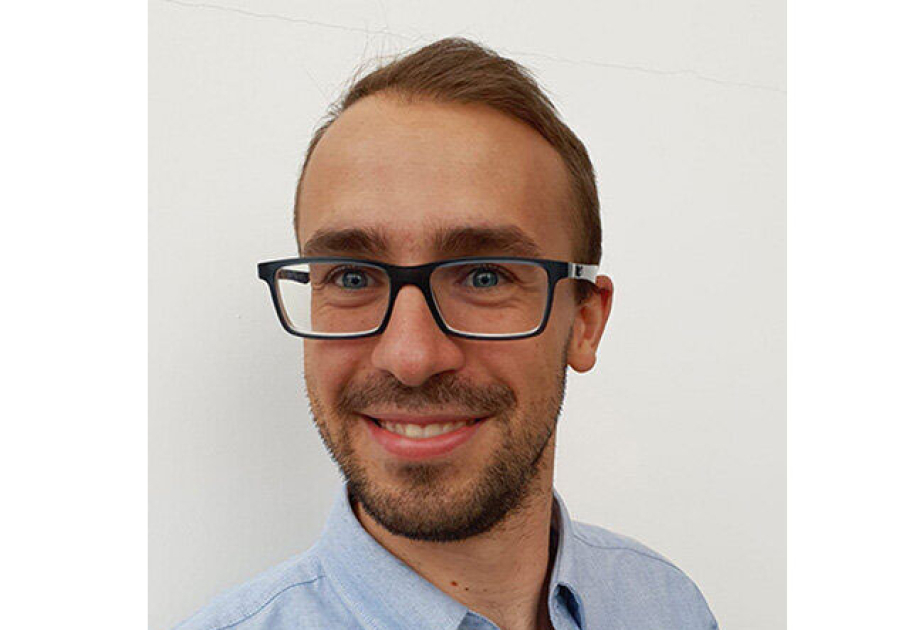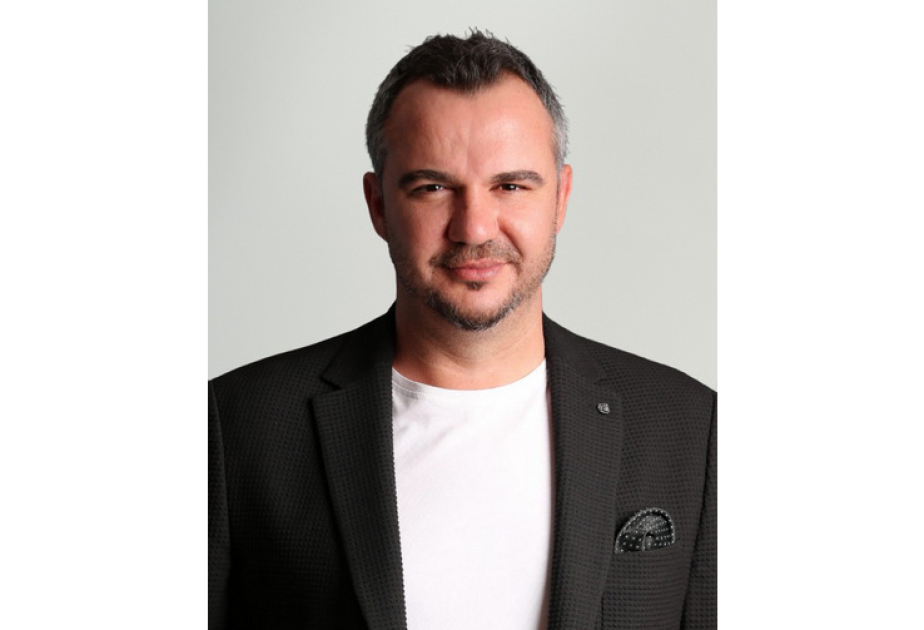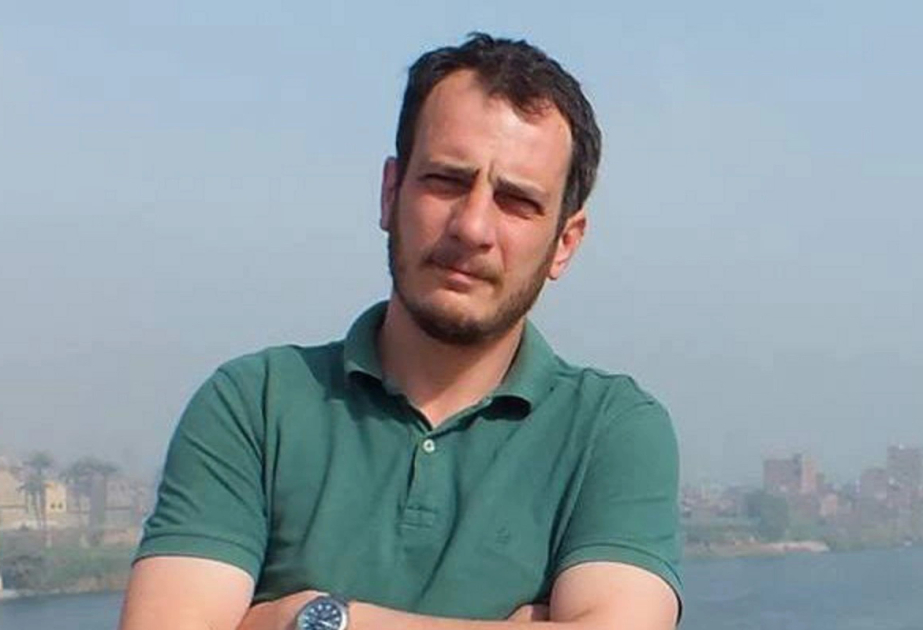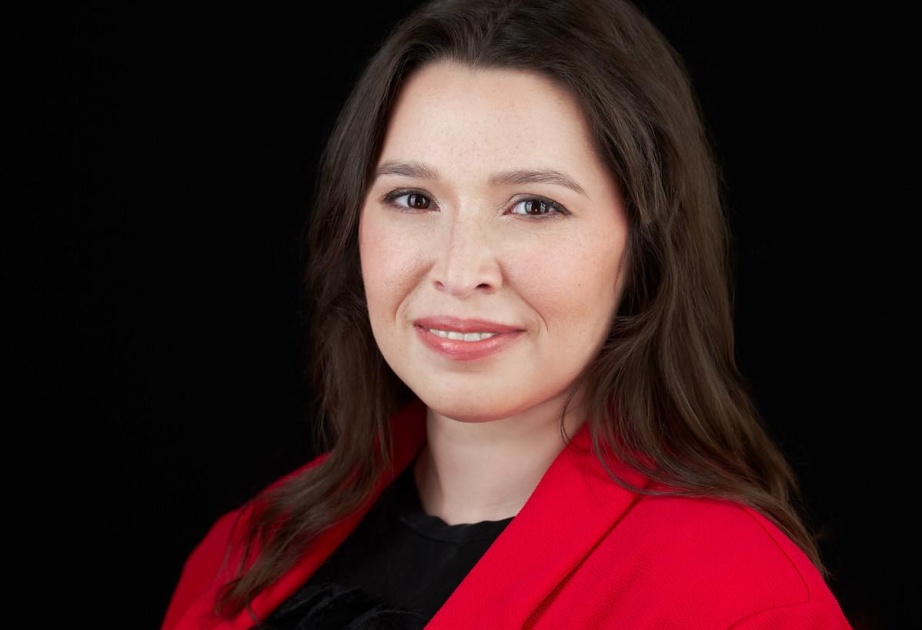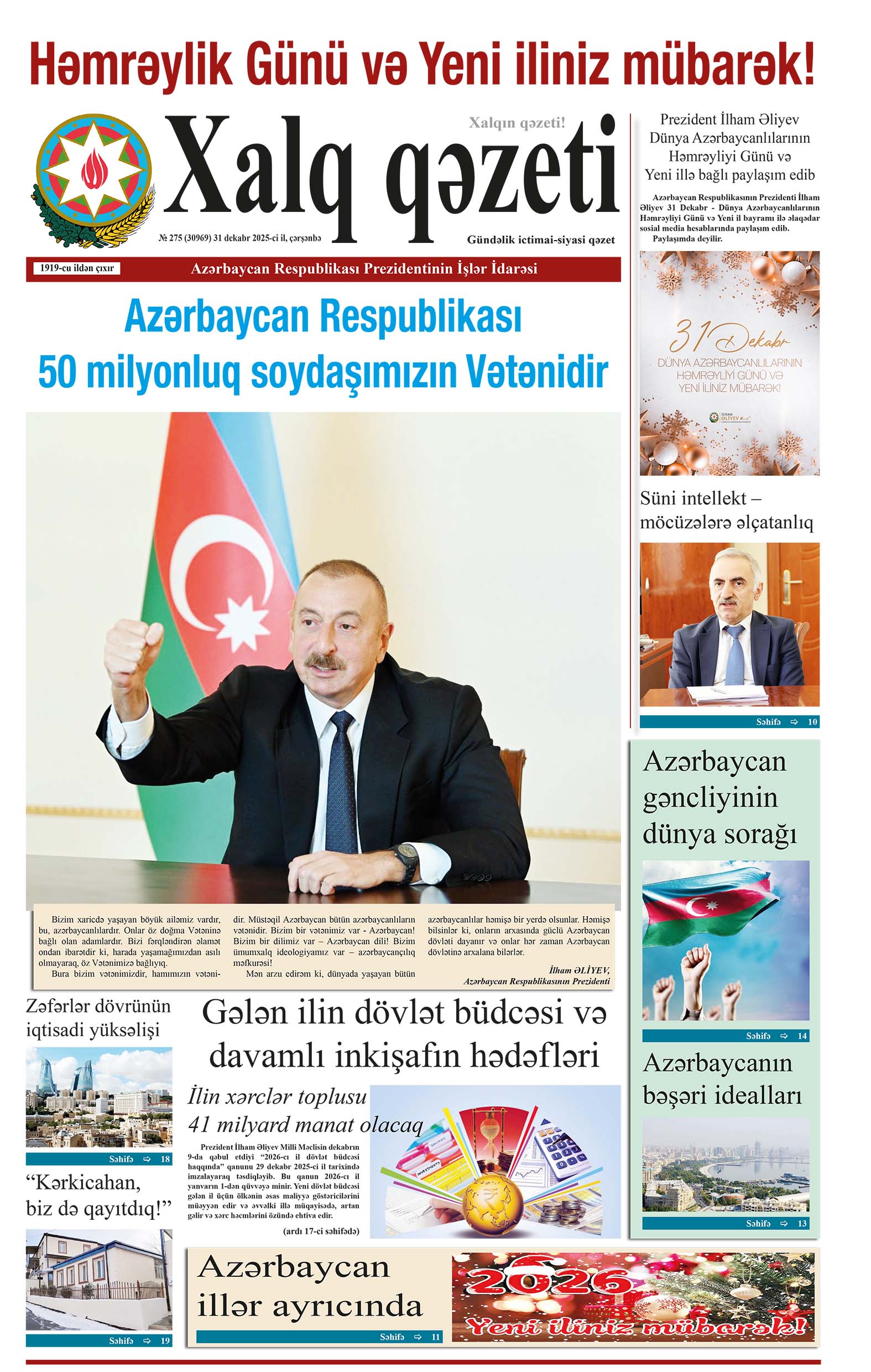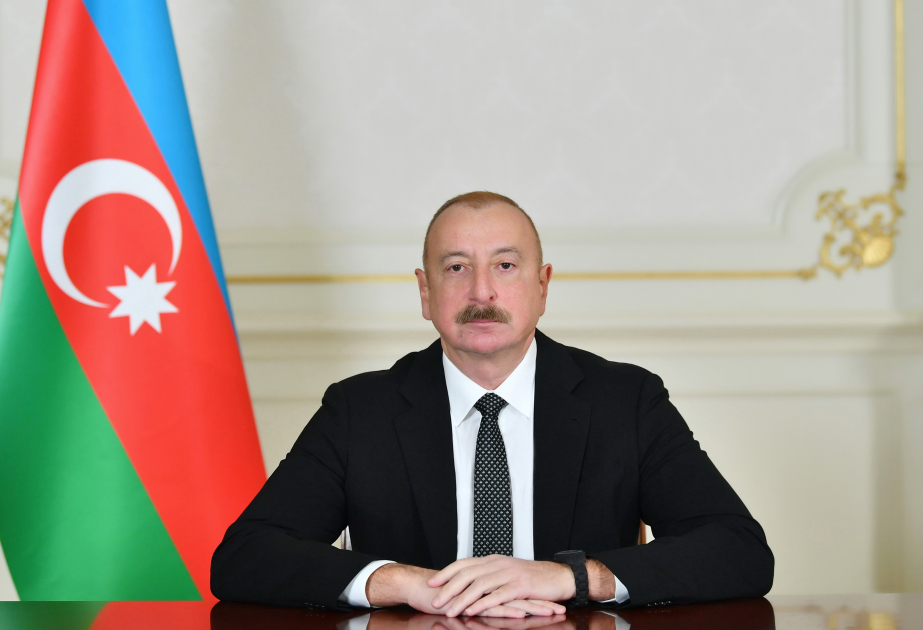Azerbaijan's centuries-old history, highly developed culture and invaluable heritage captures the minds and hearts of both Azerbaijanis and foreign scholars and specialists in various fields of science and culture. This is how colorful Azerbaijan has attracted the attention of recognized Swedish photographer and director Mikael Silkeberg, whose work covers a broad range of photographs from films and theatrical productions, portraits of artists, landscapes, commercial and royal commissions, some of which have been exhibited in Stockholm and Paris at different times.
Traveling to numerous countries around the world, Mikael has created some impressive works. But it was the Land of Fires that captured the photographer's heart once and for all and led to the creation of films “The Legend of Kharibulbul” and “Odin's Code”.
Mikael Silkeberg talks about his work and upcoming projects in an interview with AZERTAC.
- Mikael, where did interest in Azerbaijan come about?
- In 2021 in Istanbul, during a trip for media representatives, I met the father of my friend, journalist Rahim Saribayli, who lives in Stockholm, and he offered me to accompany him to Azerbaijan. In general, I have always been interested in the history of eastern countries through which the Silk Road passed and cultures were exchanged through trade, and I happily agreed. Having arrived in Azerbaijan, I was truly amazed. In tolerant Azerbaijan, I saw a mixture of religions and cultures. I was touched by responsive and hospitable people, felt their incredible kindness which I have not experienced anywhere else in the world. I grew up in Denmark, and it was like coming home for me. I was also impressed by the country itself where Europe meets Asia. You can see a lot of interesting things on such a small territory – both ancient and modern. A completely different world opened up to me in Azerbaijan.
By that time, it was already possible to visit Shusha, and while there I was also impressed. I wanted to learn more about the outstanding people of the cultural capital of Azerbaijan. When I started to study the works of Natavan and Vagif, I was absolutely delighted. I was also fascinated by ghazals as a form of poetry.
I admire the Azerbaijani people for their endeavors to rebuild Karabakh after the horrible devastation. This people have faith in the future and optimism. There is an understanding that people who were once forced to leave their homes must return there.
- So that was your first trip to Azerbaijan. Impressed by what you saw, what did you decide for yourself?
- It was important for me as a photographer to document the process of reconstruction of Karabakh. And I did that. I subsequently organized an exhibition in Stockholm's Old Town, which was timed to coincide with the anniversary of the Khojaly tragedy. It was also important for me to convey the pain of this tragedy to the Swedes, who find it very difficult to understand how such a large number of people can become homeless in a short time.
While in Shusha, I wondered why all the stories I heard there were so familiar to me. I grew up in Denmark, and I know that Hans Christian Andersen often used the images of the rose and the nightingale in his fairy tales. These characters and symbols are used to express tragic feelings. And the flower Kharibulbul, the symbol of Karabakh, is very similar to these images. As a result, I made a film called “The Legend of Kharibulbul”, which tells about the mugham and outstanding personalities of Shusha. It was my first film, and it was demonstrated in 50 embassies of Azerbaijan.
The film also talks about my trip to a country I didn’t know. I feel like a stranger everywhere. When I lived in Denmark, I was Swedish, so I wasn't one of them. When I moved to Sweden, I wasn't one of them either because I was Danish. I has a sense of belonging when I was in Azerbaijan. I experienced a connection with this country.


